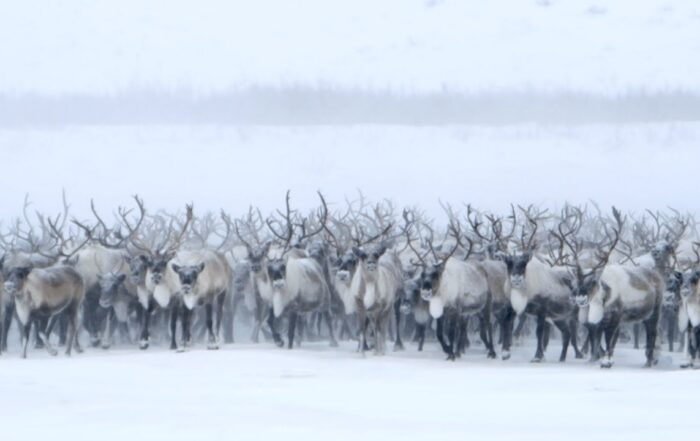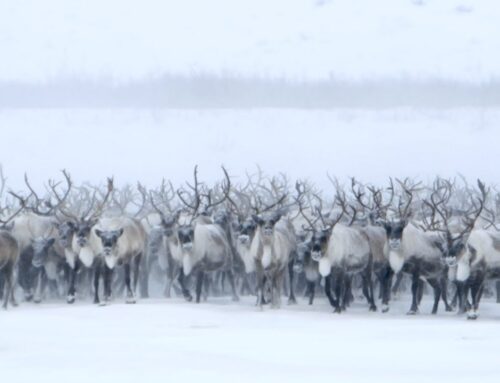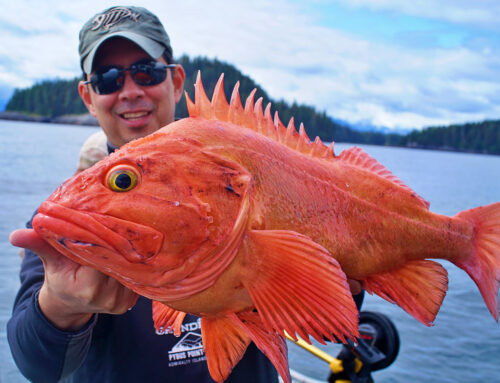The Vibrant Lives of Alaska’s Black-billed Magpies
In the picturesque landscapes of South-central and Southeast Alaska, among towering mountains, lush forests, and pristine waters, thrives a charismatic and colorful character of the avian world – the Black-billed Magpie (Pica hudsonia). These striking birds are more than just a delightful sight; they are an integral part of the region’s ecosystem and culture.
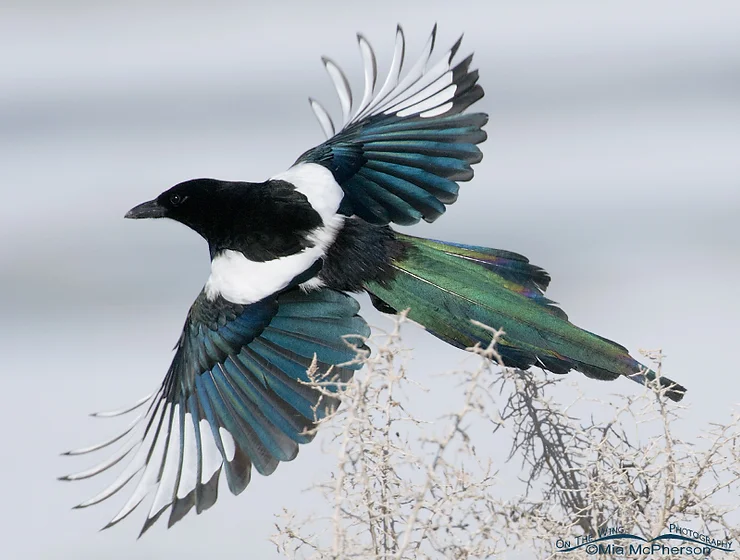
Black-billed Magpies are instantly recognizable with their bold black and white plumage, iridescent blue-green highlights, and long, sharp tails. Their robust size and elegant markings make them a living testament to the wonders of nature’s artistry. They are often seen perched on trees or foraging on the ground, showcasing their striking appearance against the backdrop of Alaska’s breathtaking scenery. South-central and Southeast Alaska provide an ideal habitat for these avian wonders. Dense forests, open woodlands, and riparian areas offer the perfect blend of shelter and food sources. Magpies are opportunistic omnivores, dining on a diverse diet of insects, berries, small mammals, and even carrion, helping maintain the ecological balance in their environment.
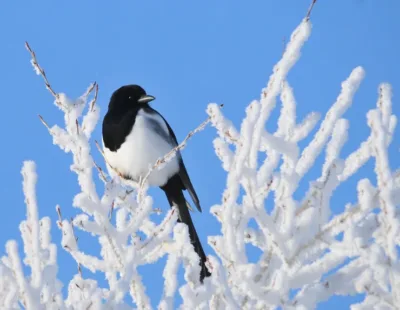 Black-billed Magpies are highly social birds, forming tight-knit communities throughout the year. Their strong family bonds are evident in their cooperative breeding behavior, where parents and older siblings assist in rearing the young. These communal efforts ensure the survival of their broods and contribute to their long-term success. One striking feature of magpie life is their tendency to collect and cache food items. During the summer, they gather a surplus of food, burying it in various locations, and rely on their remarkable spatial memory to retrieve it during harsh winter months. This caching behavior has a significant ecological impact, as unclaimed caches can lead to the growth of new vegetation.
Black-billed Magpies are highly social birds, forming tight-knit communities throughout the year. Their strong family bonds are evident in their cooperative breeding behavior, where parents and older siblings assist in rearing the young. These communal efforts ensure the survival of their broods and contribute to their long-term success. One striking feature of magpie life is their tendency to collect and cache food items. During the summer, they gather a surplus of food, burying it in various locations, and rely on their remarkable spatial memory to retrieve it during harsh winter months. This caching behavior has a significant ecological impact, as unclaimed caches can lead to the growth of new vegetation.
Come springtime, Black-billed Magpies showcase their architectural prowess. Their nests are intricate structures made from twigs, grasses, and other materials, typically situated in the crook of a tree or shrub. The female lays a clutch of eggs, and both parents share the responsibilities of incubation and chick-rearing. Magpie chicks are born naked and helpless but quickly grow into endearing, fluffy youngsters with insatiable appetites. Their parents diligently feed them a diet rich in insects and other protein sources, ensuring their rapid growth. As the season progresses, these young magpies learn valuable life skills from their parents, including foraging techniques and social behaviors.
Black-billed Magpies are more than just visually striking birds; they play a vital role in the Alaskan ecosystem. Their scavenging habits help to reduce carrion, limiting the potential spread of disease. Their diet of insects contributes to controlling pest populations, making them nature’s pest controllers. Furthermore, their foraging behaviors aid in seed dispersal, which promotes the growth of vegetation, benefiting the entire ecosystem.
Throughout history, magpies have held a special place in the hearts and cultures of people around the world. They are often associated with intelligence, resourcefulness, and even mystical symbolism. Native Alaskan cultures have their own rich traditions and stories involving magpies, reflecting the deep connection between these birds and the land. The Black-billed Magpie is a colorful character in the vibrant tapestry of South-central and Southeast Alaska. Their striking appearance, social dynamics, and ecological contributions make them a species worth celebrating and protecting. As guardians of the ecosystem and symbols of Alaska’s natural beauty, these magpies continue to captivate both residents and visitors, reminding us of the incredible diversity and wonder of the natural world.
Photos courtesy of Eric Glaser, The Magpie Whisperer, The Geophysical Institute and Alaska. org.

